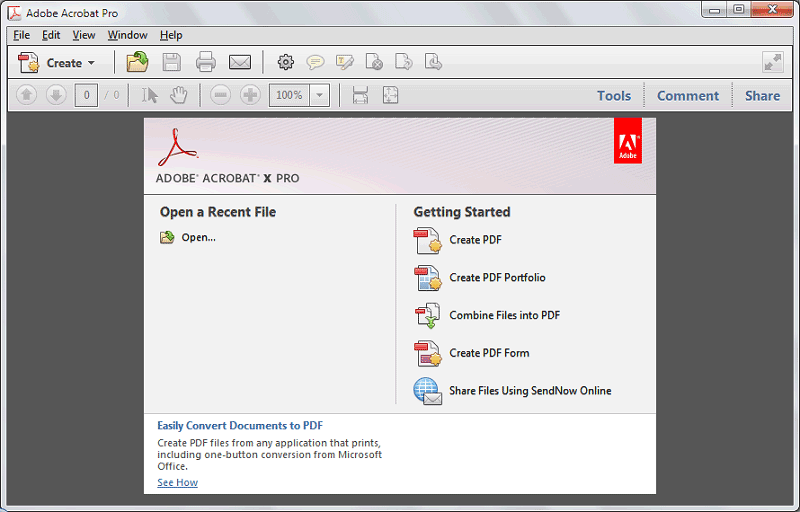
Most prominently, a Designer form can include an Image Object field, which lets users easily add graphics, such as a photograph, to a form. When a page is full, a Designer form can produce a new page (with a new layout) to accommodate the additional information even when the end user is using Reader.ĭesigner forms also have field types not readily available in Acrobat-produced forms. Again, Designer forms can dynamically expand as users fill in fields or add sections or subsections to a form. Need more space to explain that $750 bottle of champagne on your expense report? The "Please Explain" field could be set to grow until it is the size of, well, your nose.Īs the field expands, the user might notice that the form has increased in size from one to two pages. Unlike Acrobat form fields, which are always of a fixed size, Designer forms can expand. Probably the first thing the user of a Designer-created form would notice is that the form fields can be dynamic. You really have to pay attention to notice the details.

It's more like a Quarter Horse versus a Thoroughbred. These differences generally don't stand out as much as the coloring of a horse versus a Zebra. Look a little more closely, however, and you will start to notice some differences. Both contain form fields and form captions. pdf, whether the form was produced by Acrobat or Designer.
#Adobe acrobat 7 professional compatibility pdf
To the end user, all PDF forms have a file extension of. Then we will look at the pros and cons of using Acrobat or LiveCycle Designer from a form-author perspective. To help you make this decision, let's first look at the form from the end-user's point of view. Multibyte fonts can be embedded.The first choice you make when creating a PDF form is whether to create the form in Adobe Acrobat Professional or 3D, or to step outside of Acrobat and use Adobe LiveCycle Designer (Windows only). Such as Illustrator CS and later or InDesign CS and later.ĭeviceN color space with up to 31 colorants (The Acrobat Distiller feature flattens transparency.)Īpplications that support the generation of layered PDF documents, Later versions are sometimes lost or not viewable.Ĭannot contain artwork that uses live transparency effects.Īny transparency must be flattened before converting to PDF 1.3.Īrtwork.

Versions are sometimes lost or not viewable.Īnd Acrobat Reader 4.0 and later. The following table compares some of the functionality in PDF files created using the different compatibility settings.Īcrobat Reader 3.0 and later. In PDF Optimizer, select Advanced > PDF Optimizer > Make Compatible With.In Acrobat Distiller, select Settings > Edit Adobe PDF Settings > Compatibility.Here are two ways you can select compatibility levels: Using one of these versions ensures that all users can view and print your document.

The latest version includes all the newest features and functionality however, if you’re creating documents that will be distributed widely, consider choosing Acrobat 6.0 or Acrobat 7.0. Generally, unless there’s a specific need for backward compatibility, use the most recent version (in this case, Acrobat 9.0 and later). You can easily change the PDF version to make your PDF document compatible with Acrobat 4, 5, 6, 7, 8 and 9 by switching to a different preset or choosing a compatibility option in PDF Optimizer. When you create PDF files, you decide which PDF version to use.


 0 kommentar(er)
0 kommentar(er)
